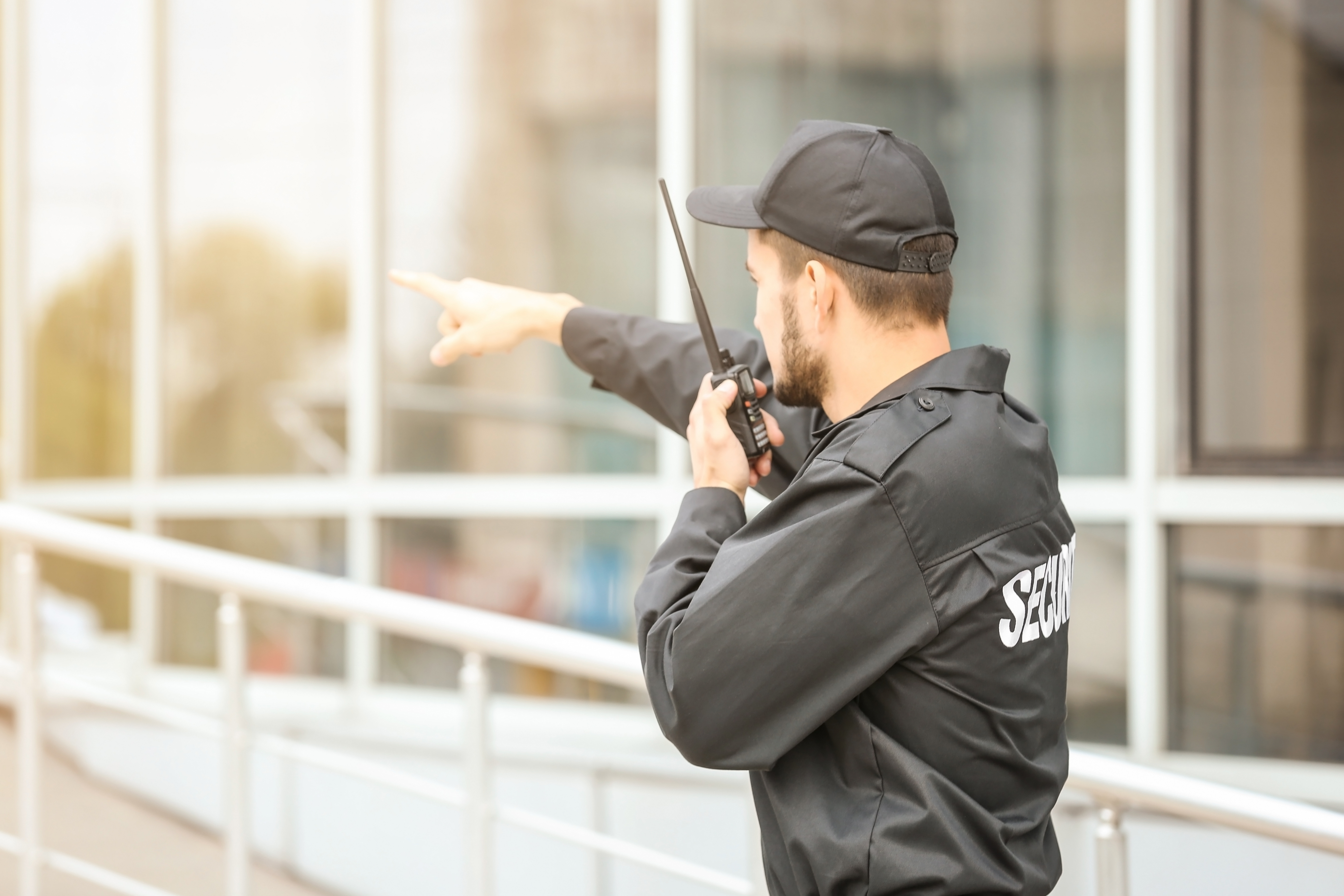Campus safety experts agree that K-12 schools, colleges, and universities require reliable in-building communications in the event of an emergency on campus. However, the Safer Buildings Coalition’s November 2022 report demonstrated that 52% of schools across the Unites States have areas that do not meet the current IFC/NFPA Fire Codes for minimum indoor radio signal strength for police and fire department communications. Emergency responders’ hand-held radios failed to communicate in half of the school, college, and university buildings in America.
What are the risks if a medical emergency occurs, or a fire breaks out, or a dangerous person is on campus and local police and fire departments can’t complete radio calls inside the building? Without reliable in-building emergency responder radio coverage, students, faculty, and staff are placed in a dangerous position because emergency responders cannot communicate to resolve the emergency.
Since 2018, new construction of buildings over 20,000 square feet must meet IFC 510/NFPA 72 fire code regulations for in-building emergency responder radio coverage. But, school, college, and university buildings constructed before 2018 have not been tested for police and fire department radio coverage as emergency responder radio coverage wasn’t a fire code requirement at the time of construction. This has created a gap in coverage. Emergency responder radio communications typically fail in the most critical areas of the building: mechanical and boiler rooms, stairwells, emergency exit areas, below grade areas, parking garages, and elevator lobbies.
The good news is that emergency responder radio coverage (ERRC) testing is easy and low-cost. The process involves each building being divided into 20 equal-sized grid areas per floor. Tests are then performed to measure the radio signal strength of police and fire department frequencies in each grid area. In addition to the grid-point measurements, stairwells and other critical areas are also independently tested to obtain a complete radio “heat-map” of the floor.
Testing is normally performed on weekends or campus breaks. If the building has areas of weak emergency responder radio signal levels, a bi-directional amplifier (BDA) network can be engineered and installed by an FCC-licensed professional.
Poor Wireless Coverage Can Impact Emergency Notification Texts, Emails
Another key wireless issue in K-12 schools, colleges, and universities is the ability to reach all recipients in the event of an emergency. Emergency mass notification (EMN) text messages are delivered by the cellular network. If there are weak cellular zones in campus buildings, messages may not be delivered to intended recipients in emergencies.
Wifi operates in unlicensed FCC frequencies, is a best effort technology, and should not be relied on to deliver emergency alerts. An unlicensed wifi device can cause interference on a wifi network, making it unreliable for mass notifications.
Cellular network operators use FCC-licensed frequencies and a resilient network. It’s highly reliable if there’s adequate in-building signal strength. Campus safety administrators go to great lengths to choose the best emergency notification solution, but it’s only as good as the cellular coverage inside campus buildings. Unless every campus building is tested, there’s no way to know if the alerts being sent will reach all respondents.
Just like police and fire department radio system testing, in-building cellular testing is quick and low-cost. If cellular signal boosters are required, there are lots of options to remedy weak signal zones.
Does your campus pass the test for in-building wireless communications? If your campus hasn’t tested, it’s time to do so.
Mark Reynolds is the President of Signal Compliance Corp., an FCC licensed systems integrations firm that performs in-building public safety (ERRC) and cellular testing and installations throughout the United States.







